Create Serene Spaces with Calming Zen Bedroom Layouts
buddhaindooroutdoor.com participates in the Amazon Services LLC Associates Program, an affiliate advertising program designed to provide a means for sites to earn advertising fees by advertising and linking to Amazon.com.
Imagine your bedroom being a peaceful haven where stress just disappears. To achieve this, think about Zen bedroom layouts.
It’s not only a style but a way to focus on your health. In our next article, we will explore ten ideas for creating this calming space.
You will learn how to bring together calming decor, styling, and simplicity. This will turn your room into a peaceful place that encourages relaxation every day.
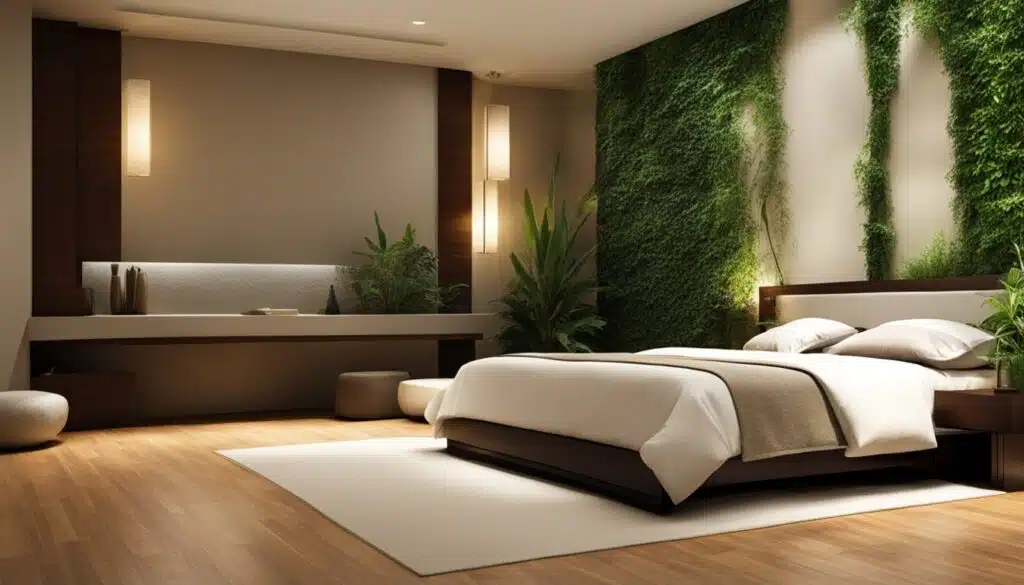
Soft neutrals and tones of blue, green, and earth are more than beautiful. They form the base of a restful bedroom vibe.
We will show you how these colors affect your room’s feel. We’ll also talk about using technology wisely, peaceful sounds, and Feng Shui. These can make your bedroom even more relaxing. We can guide you, no matter if your space is big or small. You’ll learn to create a mindful and uplifting spot for yourself.
Table of Contents
Key Takeaways
- Discover how to implement Zen principles in creating a peaceful bedroom design that supports relaxation.
- Learn the significance of color selection to evoke a tranquil bedroom decor and serene atmosphere.
- Uncover tips on integrating Feng Shui for a harmonious bedroom organization and balanced energy flow.
- Receive expert advice on incorporating natural materials and technologies that foster mindfulness in your bedroom space.
- Gain insight on how to curate a personal retreat within any room size by embracing minimalist bedroom ideas and smart spatial strategies.
The Essence of Calming Zen Bedroom Layouts
Creating a serene sanctuary starts with applying Zen principles in your bedroom design. Each element should add to a peaceful atmosphere. By using these principles and essential features of a Zen-inspired bedroom, you’ll make your room a place for calm and renewal.
Understanding Zen Principles in Bedroom Design
Zen design focuses on simplicity, minimalism, and natural materials to create peace. It’s about removing clutter and keeping things simple yet elegant.
Adding Zen principles to your bedroom helps improve your calm and well-being every day.
Key Features of a Zen-Inspired Bedroom
To add Zen elements to your bedroom, use neutral colors, simple furniture, and natural materials. A Zen bedroom has open spaces, soft lighting, and comforting textiles. It mirrors balance and subtle beauty.
Incorporating Feng Shui for Enhanced Tranquility
Feng Shui in bedroom design improves balance and energy flow. It holds principles to boost well-being. Proper bed placement and a clear view of the door are simple Feng Shui tips to increase tranquility.
| Component | Description | Feng Shui Consideration |
|---|---|---|
| Color Palette | Neutral and earth-toned hues that evoke a sense of calm. | Choose colors representing soothing elements like Earth or Water for harmony. |
| Furniture | Minimalist and functional pieces with clean lines. | Ensure furniture arrangement allows for free movement and energy circulation. |
| Natural Materials | Use of organic materials such as wood and stone. | Incorporate plants to enhance vitality and air quality. |
| Lighting | Soft, warm light sources that can be modulated. | Use lighting to balance the Yin and Yang energies within the space. |
| Textiles | Soft bedding and curtains that allow for light diffusion. | Select fabrics that promote comfort and a sense of welcome. |
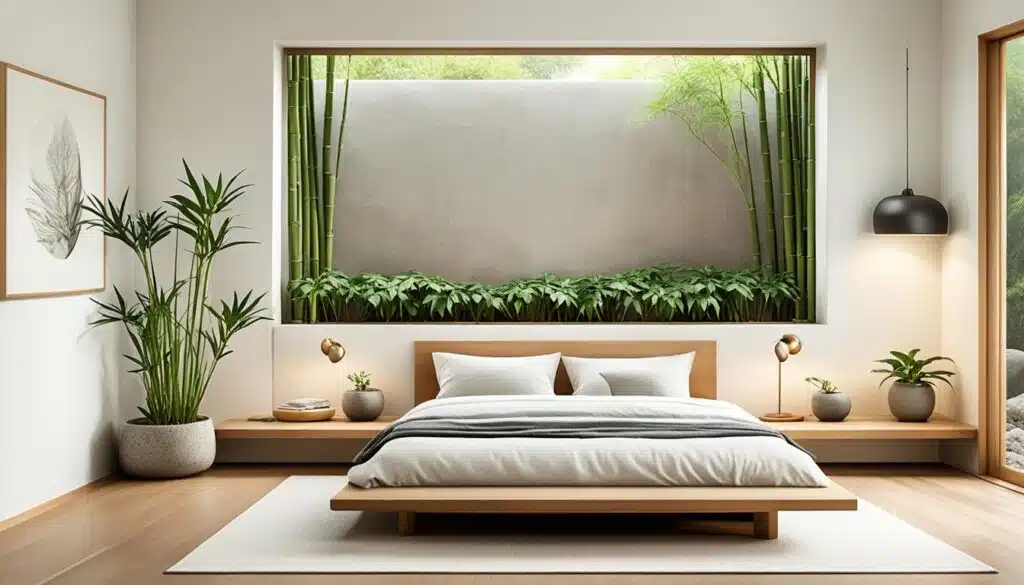
Designing Your Mindfulness Bedroom Space
De-cluttering is essential in making a mindful bedroom, especially in small spaces. Adding shelves and organizers can turn a messy room into a peaceful spot perfect for self-reflection. A clutter-free space simplifies both your surroundings and your mind, leading to more mindful living.
Lighting has become key in meditation spaces. Dimmable lights or candles can deeply influence your relaxation and mindfulness.
The key to designing a mindful bedroom is in its ability to blend beauty with features that aid mental health.
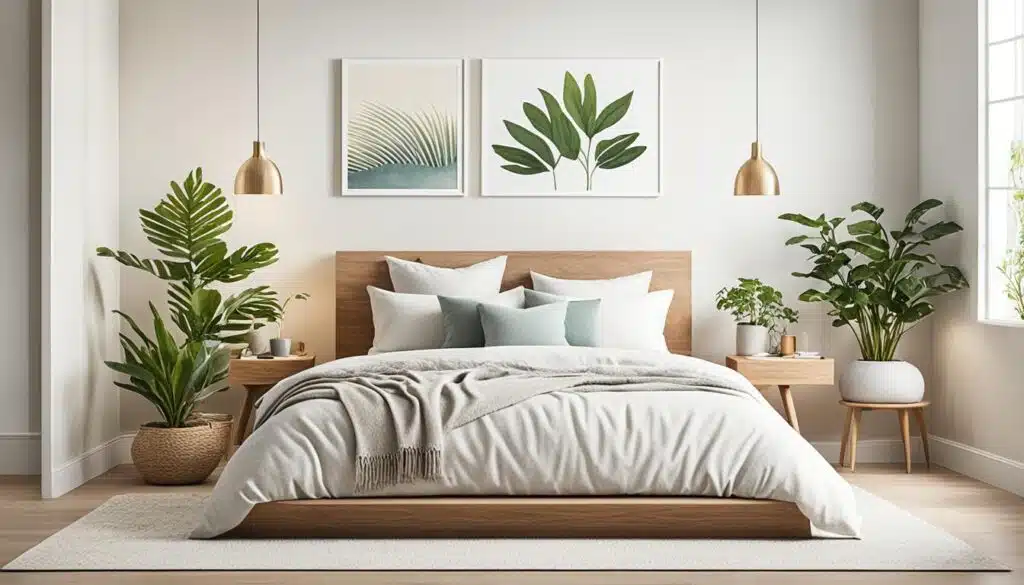
The true value of a mindfulness bedroom lies in its simplicity and what you feel there. Aromatherapy and signature scents are popular for creating a calming mood. Also, good acoustics, through sound systems or soundproofing, add tranquility to your meditation.
Color significantly affects how we feel in a space. Certain colors can calm us or make us more energetic. In a mindful bedroom, choosing colors should help make a quiet, thoughtful place. You might pick soft pastels or earthy tones, depending on your meditation needs.
Good seating is vital for meditation. Meditation cushions, poufs, or mats can be the focal point of your practice. They should be comfortable and invite you to find your inner peace. Adding cozy touches like fluffy rugs and soft blankets makes your space a true sanctuary.
- Utilize calming colors to set the mood for contemplation.
- Select comfortable and functional seating options.
- Introduce aromatic elements to enhance the sensory experience.
- Enhance relaxation with soft lighting and ideal acoustics.
- De-clutter and minimize distractions by removing electronics.
Remember, in designing your mindfulness bedroom, combine beauty with usefulness. Every choice, from the colors to adding scents, should aim at making a comforting, mindful haven. This way, you create more than just a room; you create an experience that supports your mental and emotional health.
Minimalist Bedroom Ideas for Uncluttered Serenity
More people are choosing minimalist bedroom ideas for a calm, uncluttered space. This trend is not just about looks. It’s a way of life that brings peace. Choosing simple, essential furniture helps transform your bedroom into a peaceful haven.
Essential-ism in Furniture Selection
In picking furniture, essential-ism suggests selecting items that are both useful and beautiful. It’s not about having less for the sake of it. It’s about carefully choosing what to add to your space. Quality matters more than quantity, ensuring everything has a purpose and adds beauty.
The Power of Negative Space in Design
The use of negative space is crucial for a minimalist bedroom. Negative space is the empty area around objects. It’s just as important as the objects themselves. It makes a room feel open, helping your mind unwind.
Now, let’s look at some insights. These come from an article about creating a calm bedroom atmosphere. You can read it on uncluttered serenity.
| Design Style | Percentage | Description |
|---|---|---|
| Modern Zen | 60% | Contemporary take on Zen elements |
| Wood Accents | 40% | Warmth with elegant wood elements |
| Cozy Minimalism | 30% | Traditional comfort meets Zen simplicity |
| Earthy Zen | 20% | Earthy tones maintaining simplistic design |
| Eclectic Japanese | 10% | Diverse Zen-inspired elements for calm |
| Serenity Focus | 100% | No clutter-inducing items like workspaces or TVs |
In the end, whether you prefer modern or traditional Zen, the goal is the same. Stick to minimalism and clarity in design.
Remember, an uncluttered serenity is more than just getting rid of stuff. It’s about creating a space that supports your well-being and peace.
Expert Tips for a Relaxation Bedroom Atmosphere
Making your bedroom a relaxing space is easy with some expert advice. Adjusting your room can greatly improve its feel.
First, think about the lighting. Lights with softer, warmer tones make it easier to fall asleep. Adding dim, warm lights or bulbs that change colors like the sunset can help make your bedroom a calm place.
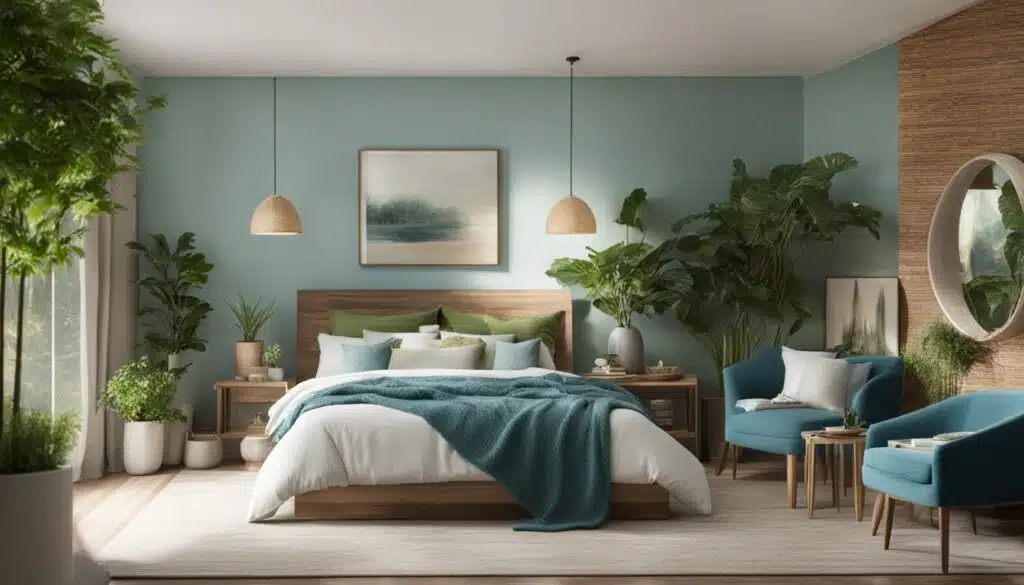
Noise from outside can disrupt your sleep. Putting in good windows or thick curtains can block out noise, letting you sleep better.
A quieter room, along with the right temperature, offers a better sleep environment. The ideal temperature is between 60 to 71 degrees Fahrenheit for a comfy night.
It’s also crucial to have good air flow and freshness in your bedroom. Avoiding mold helps with sleep, and fresh air or a dehumidifier can keep mold away.
Your sense of smell can also help you relax. Using scents like lavender can make your room feel more peaceful and improve your sleep. A few drops of essential oil in a diffuser can make a big difference. How to design the ideal bedroom for sleep gives tips on arranging your space for better rest.
| Component | Recommended Practice | Benefit |
|---|---|---|
| Lighting | Low color temperature, dimmable | Facilitates drowsiness |
| Noise Reduction | Quality windows, thick curtains | Decreases awakenings |
| Temperature | 60-71°F (15.6-22°C) | Ideal for sleep |
| Ventilation | Fresh air quality, use of dehumidifier | Prevents mold and aids in better sleep |
| Scents | Lavender aromatherapy | Promotes relaxation and sleep quality |
Following these simple tips can turn your bedroom into a peaceful sanctuary.
Incorporating Natural Elements for Zen Bedroom Layouts
Creating a calm bedroom is about more than picking furniture. It’s about making a space that feels peaceful and stress-free. By adding natural elements, you bring a bit of nature inside. This helps create a healing environment.
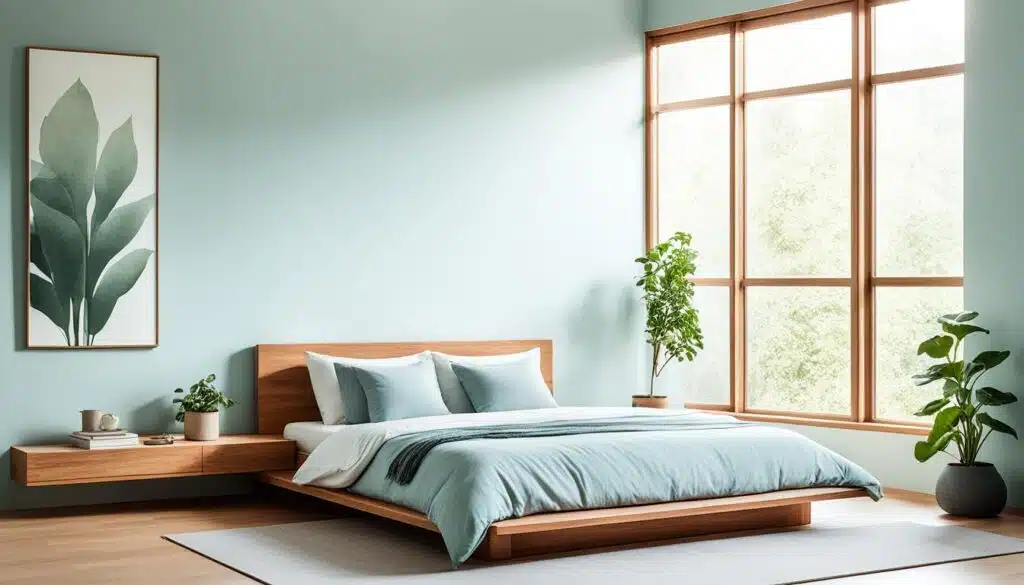
Light pastels like soft pinks and sky blues help calm the mind in bedrooms. These colors are like nature’s soft tones, soothing our senses.
Deep colors, such as rich green or inky blue, add comfort and relaxation. A study showed that shades of blue are often used to make bedrooms tranquil.
Here are key strategies for infusing your bedroom with tranquility:
- Use color-blocking to separate rest and activity zones in your room.
- Introduce houseplants and natural materials like wood and stone. They can reduce stress and make you feel better, adding peace to your space.
- Choose sleek storage to keep the area tidy and calm, without distractions.
- Add a plush rug for comfort and to quiet noise, making the room more serene.
- Have a routine to clean up before bed to keep the space minimalist and tranquil.
- Keep technology out of the bedroom to improve sleep and reduce digital overload.
- Use natural textures in linens and wallpapers with nature scenes for a calming effect.
Designers believe bedroom decor should be personal and sustainable. They suggest reusing old furniture and finding unique items at flea markets. This supports a unique, sustainable decor that also feels peaceful.
Maintaining a tranquil bedroom is about keeping it aesthetically pleasing and comfortable:
| Aspect | Action | Benefit |
|---|---|---|
| Bedroom Clutter | Clear surfaces and keep essentials. | Promotes a calm atmosphere. |
| Symmetry | Balanced decor and a neutral color palette. | Aids in achieving a Zen-like state. |
| Ambiance | Add subdued artwork and meaningful items. | Enhances personal connection and tranquility. |
| Ventilation | Daily air exchange. | Keeps the air fresh and conducive to good sleep. |
Using nature as your guide and selecting items with purpose can make your bedroom a serene retreat. It becomes a place that welcomes restful sleep every night.
Harmonious Bedroom Organization for a Balanced Retreat
Creating a balanced retreat in your home starts with organized bedrooms. A de-cluttered room improves both look and feel. It also helps clear your mind. Planning and smart storage are key to keeping your bedroom tidy and calm.
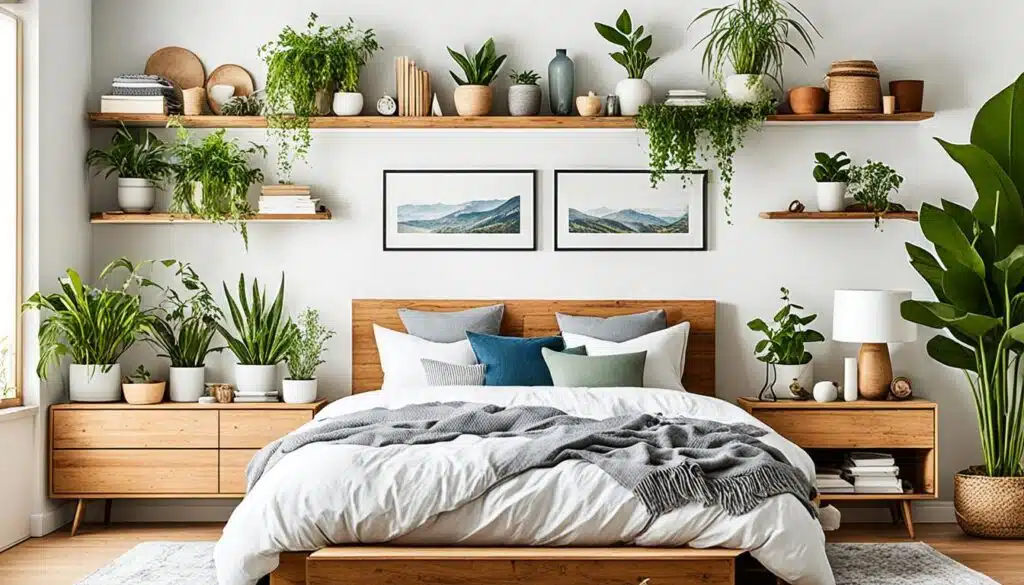
Strategic storage solutions are crucial for an organized bedroom. Properly placed items reduce clutter. They make your bedroom a peaceful place that matches your style.
Strategic Storage Solutions For Zen Bedroom Layouts
Colors and feng shui can make your room calmer. Use blues and greens to store things subtly. A light gray ottoman adds style and hidden storage. White bins enhance space and keep things tidy.
Maintaining a De-cluttered Sanctuary
Use natural materials and colors for a simple, orderly room. Bamboo or rattan storage under the bed or in corners is great. It fits feng shui and hides clutter.
Pastel containers can hide electronics in closets, making your room a peaceful spot.
| Element | Purpose | Material | Color |
|---|---|---|---|
| Under-bed bins | Hidden storage for seasonal items | Rattan/Bamboo | Earthy browns/tans |
| Ottoman with storage | Seating and stowing away linens | Jute/Sea-grass | Light gray/cream |
| Wall shelves | Vertical storage for books and decor | Wood | Muted lavender/pink |
| Closet organizers | Efficient use of closet space | Fabric | Soft blues/greens |
| Bedside caddy | Convenient access to nighttime essentials | Felt | Soft pastels |
Keep only what you need in your bedroom. Choose furniture that has more than one use. Embrace minimalism for beauty and order. These tips will make your bedroom a place of rest and peaceful design.
Transformative Lighting Design for a Soothing Bedroom Aesthetics
Creating a calming light atmosphere in your bedroom is key. It’s all about using transformative lighting design wisely. This not only makes your room look good, but it also boosts your well-being. Let’s see how adding smart lighting can make your room a peaceful sanctuary.
Start with blackout curtains to keep it dark, which helps your body clock stay on track. Add lights with a warm glow to feel sleepy when it’s bedtime. Using different layers of lights lets you change brightness when you need to. This helps block out annoying noises, too, so you sleep better and stay healthier.
Good sleep isn’t just about nice lamps. The room’s temperature matters a lot. Keep it cool, between 60 to 71 degrees, to fight insomnia and feel less tired during the day. This makes you sleep better, lifting your mood and sharpening your mind.
A comfy mattress is key for less stress and no back pain. Pillows should keep your neck right so you don’t wake up sore. Soft sheets and blankets add to the comfort. Clean bedding often to keep away dust mites and make your sleep space fresh.
Adding transformative lighting design to your bedroom does more than just look good. It changes how well you rest. By making your bedroom just right, you create a beautiful and soothing place. Your sleep becomes deeply peaceful, helping you wake up refreshed.
Selecting the Right Color Palette for a Peaceful Bedroom Design
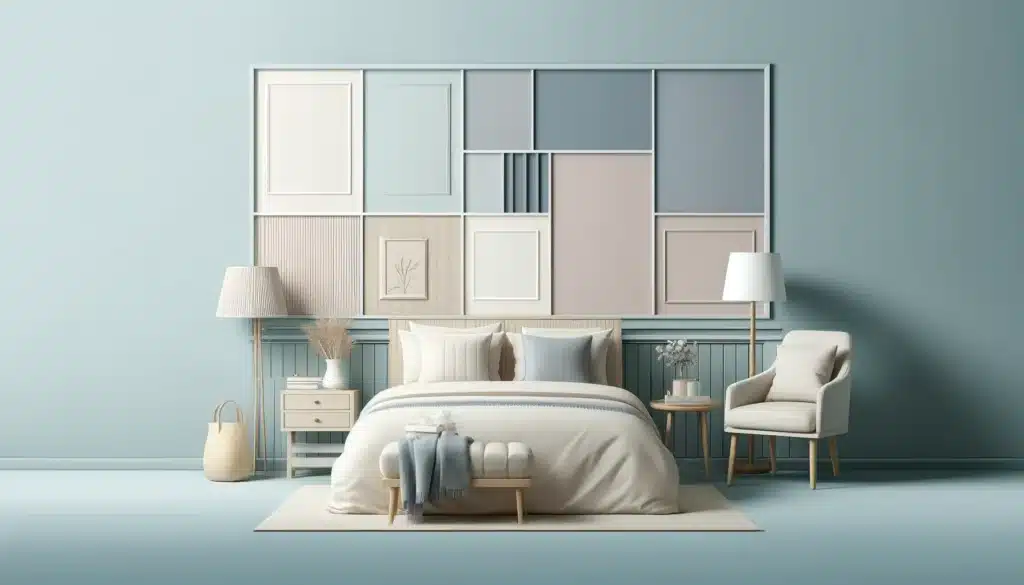
Choosing the right colors for your bedroom is crucial for a calm atmosphere. Your bedroom should be a peaceful place where colors affect your mood and well-being.
Understanding how colors can make a room calm is important. Let’s see how certain colors can make your bedroom a serene space.
The Psychology of Color in Creating Calmness
Colors deeply affect our feelings. For peace, go for soft and quiet shades. Warm white, pale gray, and lavender create a calming setting, perfect for sleep.
Darker colors like deep blue and brown make a cozy, warm atmosphere, ideal for relaxing after a busy day.
Ideas for Complementary and Accent Hues
Adding complementary and accent colors brings life to your bedroom. A little red or yellow can brighten up white or neutral rooms without losing the calm feel.
Try soft pink with dark and powder blue for a warm yet cool look. Or mix sky blue, burgundy, and brown for a calm and unique room.
| Color | Feeling Evoked | Complementary Accents |
|---|---|---|
| Lavender | Dreamy Calmness | Muted Greens, Soft Grays |
| Soft Peach | Serene Comfort | Creamy Whites, Deep Browns |
| Sky Blue | Cheerful Calm | Classic Whites, Vibrant Accents |
| Pale Yellow | Energy and Happiness | Neutral Shades, Bold Patterns |
| Soft Green | Relief and Tranquility | Neutral Bedding, Earthy Tones |
| Classic White | Clean, Crisp Freshness | Vibrant Drapery, Wood Accents |
Brands like Sherwin-Williams and Benjamin Moore have many serene shades. The aim is more than picking a color. It’s about creating a calming space.
Choose colors that you love and that make your bedroom peaceful. Let color transform your bedroom into a calming retreat.
Zen Bedroom Layouts Conclusion
Embracing Zen bedroom layouts is a way to make a peaceful haven that helps you sleep well and find peace. The smell of lavender in your room, from aromatherapy, starts a night of deep sleep. Keeping your room cool, between 60 to 71 degrees Fahrenheit, and well-ventilated helps calm you before sleeping.
Your bedroom’s design does more than just hold your furniture – it’s where you recharge every day. Choosing soft, calming colors and following feng shui can make your room peaceful.
A good mattress, the right pillows, and a tidy space make you feel safe and cozy. The right lights, fabrics, and plants make your room a peaceful place to rest.
Creating a peaceful retreat needs careful thought about harmony and mindfulness. Using quality fabrics, pleasant scents, and soothing colors can make your bedroom support your well-being.
This makes your room more than a place to sleep; it’s where you can fully relax and refresh yourself. Every step in making your room is filled with intention, aiming for complete peace.
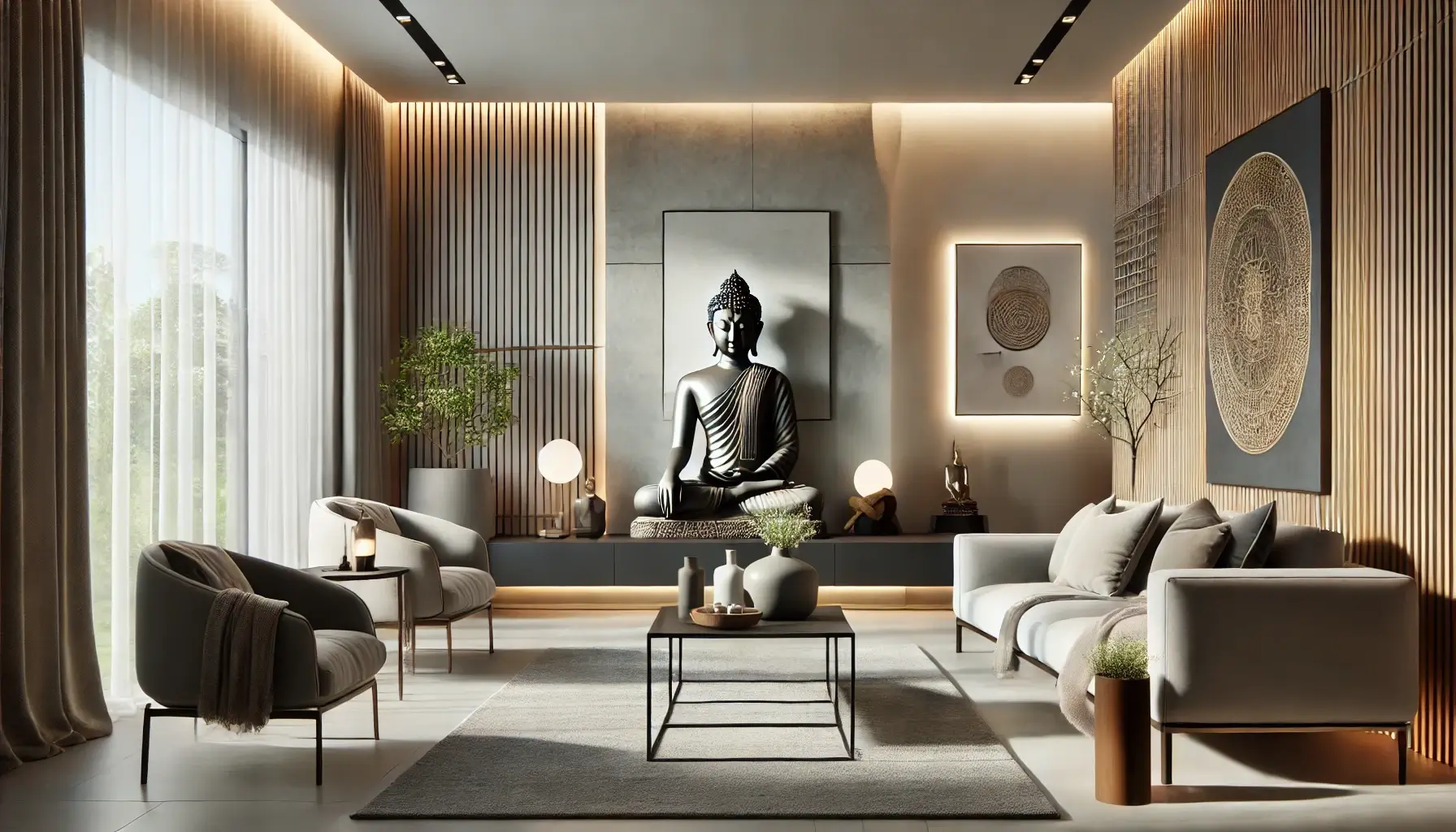
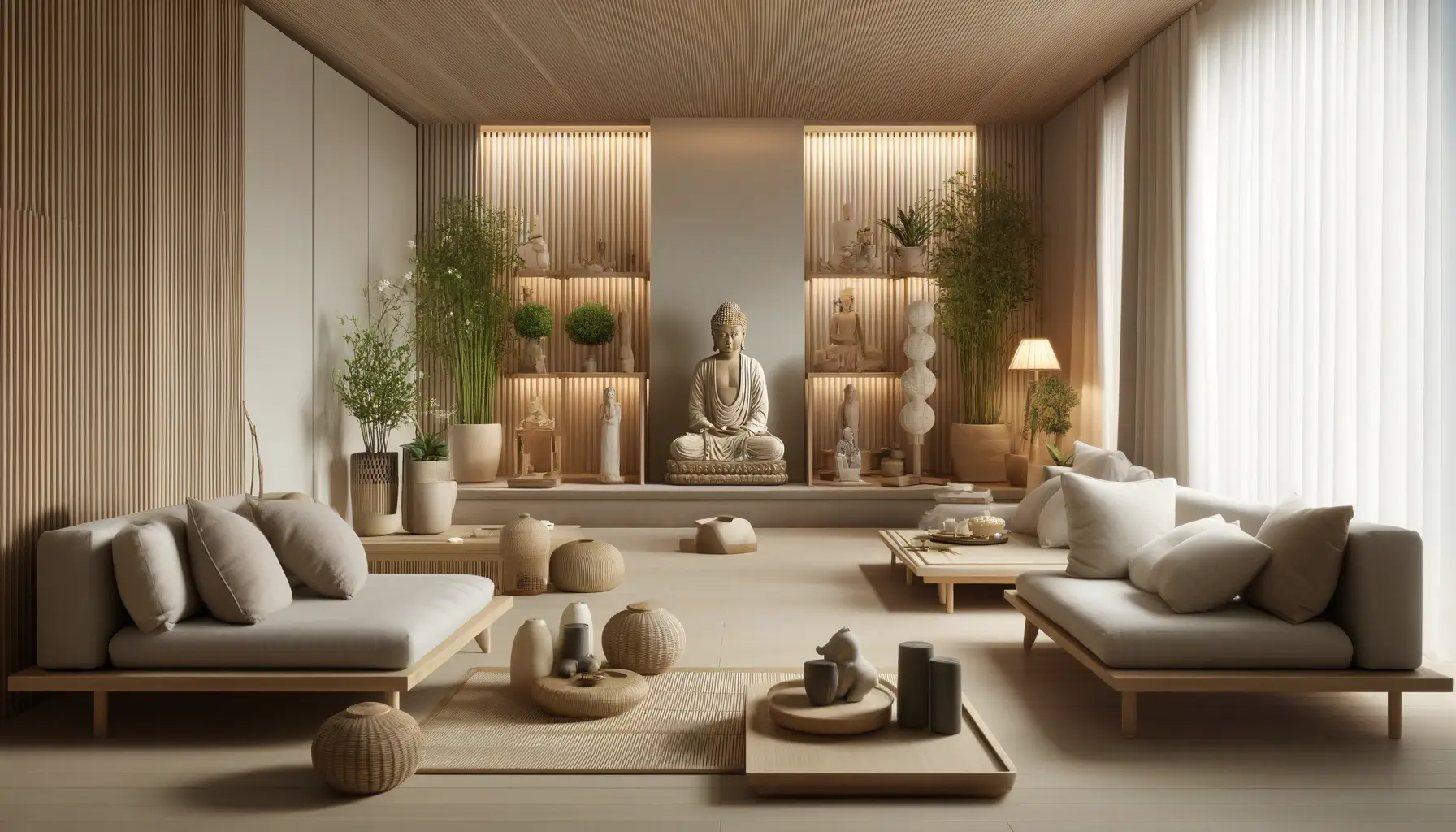
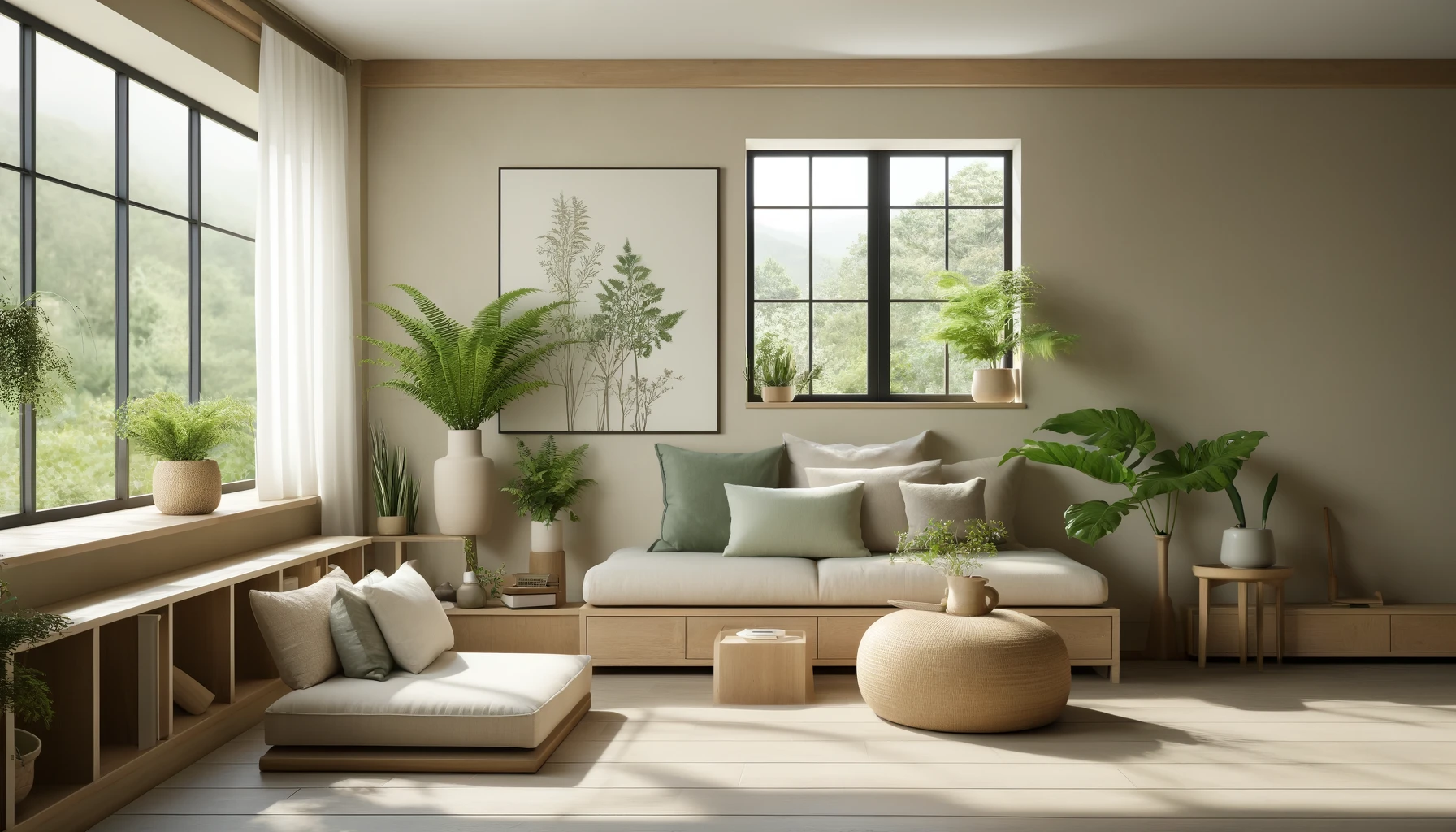
0 Comments